Lamborghini Murcielago LP670
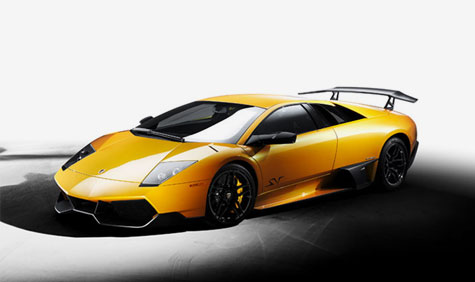
The death of the supercar has been greatly exaggerated. Despite the ever-tightening screw of anti-pollution regulation, restrictions on speed limits and the palpable public backlash against conspicuous consumption, cars that exist solely to push the extremities of what is technically possible. As we previously noted, the supercar is a genre Lamborghini pretty much invented back in the late 1960s. Over the years, the company's fortunes have fluctuated, with others stepping forward with even more extreme machinery and threatening to usurp their status.
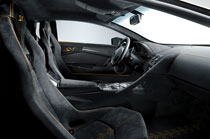
See more of the Lamborghini Murcielago LP670
Although the Murcielago effortlessly reaffirmed Lamborghini's supercar status when it was launched in 2001, it's taken eight years for the company to create what it considers the ultimate variant of the V12-powered machine. The LP670-4 SuperVeloce is, in both looks and mechanical aptitude, a worthy bearer of the supercar title. This has always been a striking car, as its designer Luc Donckerwolke intended. Low, wide, aggressive, angular, intimidating - characteristics that would be deemed inappropriate, if not totally unacceptable, to almost any other car maker – the Murcielago is not for shrinking violets. In fact, the car encourages the driver to become a raging, if unwitting, extrovert. People wave, ask for rides, point, hoot their horn, take photos, even cheer.
Using a SuperVeloce to simply schlep around town might be good for the ego, but after a few miles the suspension starts to gnaw at the lower back and the various thwacks, creaks and pings from the suspension and transmission build a growing sense of unease. When pushing on through London's rain soaked and speed bump-strewn streets the SV feels rather leaden, a bit like trying to thread a needle while wearing boxing gloves.
What this car demands is the open road, and as soon as the breathing room improves, the SV stops lumbering and starts to shrink-wrap itself around the driver. The horizon becomes a fast-approaching reality, the fat tyres, all-wheel drive and highly aerodynamic bodywork keep the car totally planted and the heavy steering becomes fluid and direct. The SV is available with an electronically-assisted gearchange with steering wheel mounted paddles allowing you to bang rapidly through the gears, with a satisfying blip and roar on the change down. It's easy to become over-confident, for this is not the tyrannical machine of old, a car that has to be wrestled manfully.
Visually, the LP670-4 takes a few key cues from the Reventon, Lamborghini's million dollar stab at the automotive investment market, designed and produced in record time thanks to the intensive use of computer-aided design. That means a few more scoops and ducts, all modelled in the angular, sharp-edged fashion that has become Lamborghini's contemporary signature, a form of technological baroque. It's nearly as rare as the 100-strong fleet of Reventons, with just 350 LP670-4s slated for production. While the former is essentially a piece of driveable art, the SuperVeloce is unashamedly functional, an object designed to go fast and little else. With 670bhp at its disposal, the SuperVeloce is capable of reaching 62mph (100km/h) in 3.2 seconds, and then on to a top speed somewhere north of 200mph.
That performance comes from weight loss, and lots of it, thanks to a crash carbon fibre diet. At the rear, a new transparent engine bonnet presents the V12 to the word, a sculptural combination of transparent polycarbonate, cut into hexagonal plates to create a structure that cools as well as it looks. At the rear, the vast exhaust tailpipe and rear wing - a throwback to 70s-era Lamborghinis - signal the car's intentions. Other nice touches, like the electronically operated air-cooling funnels that automatically rise from the rear wings, do nothing to dispel the impression that the SuperVeloce is a living, breathing thing.
Wallpaper* Newsletter
Receive our daily digest of inspiration, escapism and design stories from around the world direct to your inbox.
The track-focused suspension is not forgiving - capable of exacerbating pre-existing hip conditions and generating the occasional ear-renting crack as the low, deep spoiler connects with dips in the road; happily there's the option to raise the suspension, which does nothing for the car's sleek lines, but which at least creates a modicum of practicality. A reversing camera also helps (although we wouldn't want to back up down a dark country lane in the rain to get out of the way of a tractor, for example), and the famous scissor doors can be opened up to help position the car when parking.
It's not all perfect. For a start, the high-tech Alcantara and carbon fibre interior is somewhat spoiled by the kind of flashy aftermarket sound system that teenage joyriders might finger lovingly in the electronics aisle of Walmart, all sliding screens, artlessly flashy interfaces and insensitive touch screen. The shrieking orange bodywork is capped only by the anti-social behaviour order-inducing exhaust note, while the constant fear of bodywork-gouging potholes and kerbs makes for jumpy progress. Road noise, even at reasonable motorway speeds, is intrusive, and we wouldn't imagine that your local Lamborghini dealer is a specialist in low-cost servicing.
Ideally, the SuperVeloce driver owns their own race track, or at the very least knows someone with ready access to a circuit. Sure, there are even more expensive, even more outlandish cars. Think Bugatti, Pagani, Koenigsegg, as well as a host of even smaller manufacturers chasing the small but eager six-figure car club. But Lamborghini has pedigree. It has eccentricities and foibles. In short, it has previous form. For the deep-pocketed purist, nothing else comes close.
Jonathan Bell has written for Wallpaper* magazine since 1999, covering everything from architecture and transport design to books, tech and graphic design. He is now the magazine’s Transport and Technology Editor. Jonathan has written and edited 15 books, including Concept Car Design, 21st Century House, and The New Modern House. He is also the host of Wallpaper’s first podcast.
-
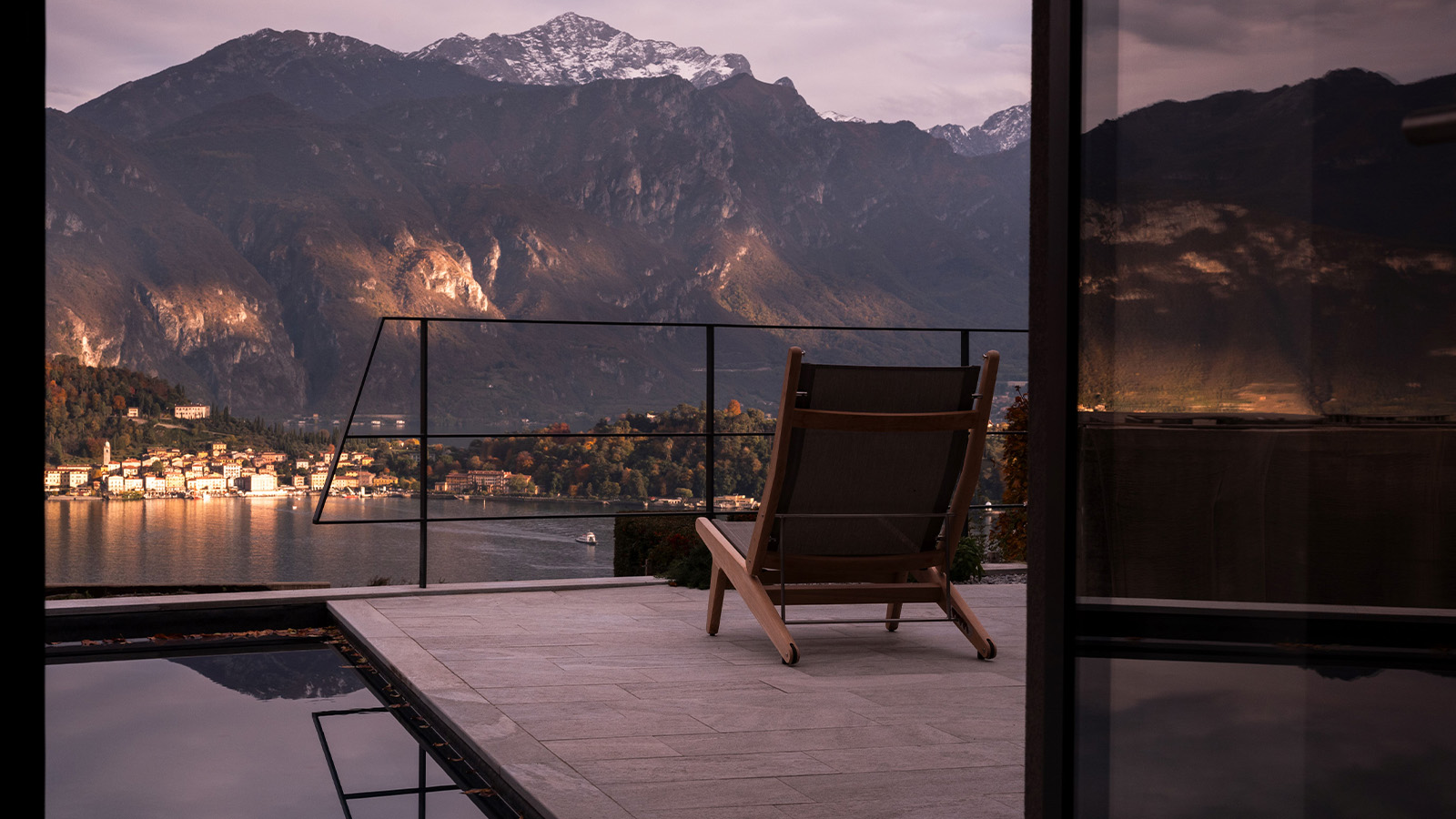 Explore this new Lake Como villa and its powerful, cinematic views
Explore this new Lake Como villa and its powerful, cinematic viewsA Lake Como villa by Tuckey Design Studio celebrates the history of its site and references the surrounding landscape through materiality
By Tianna Williams
-
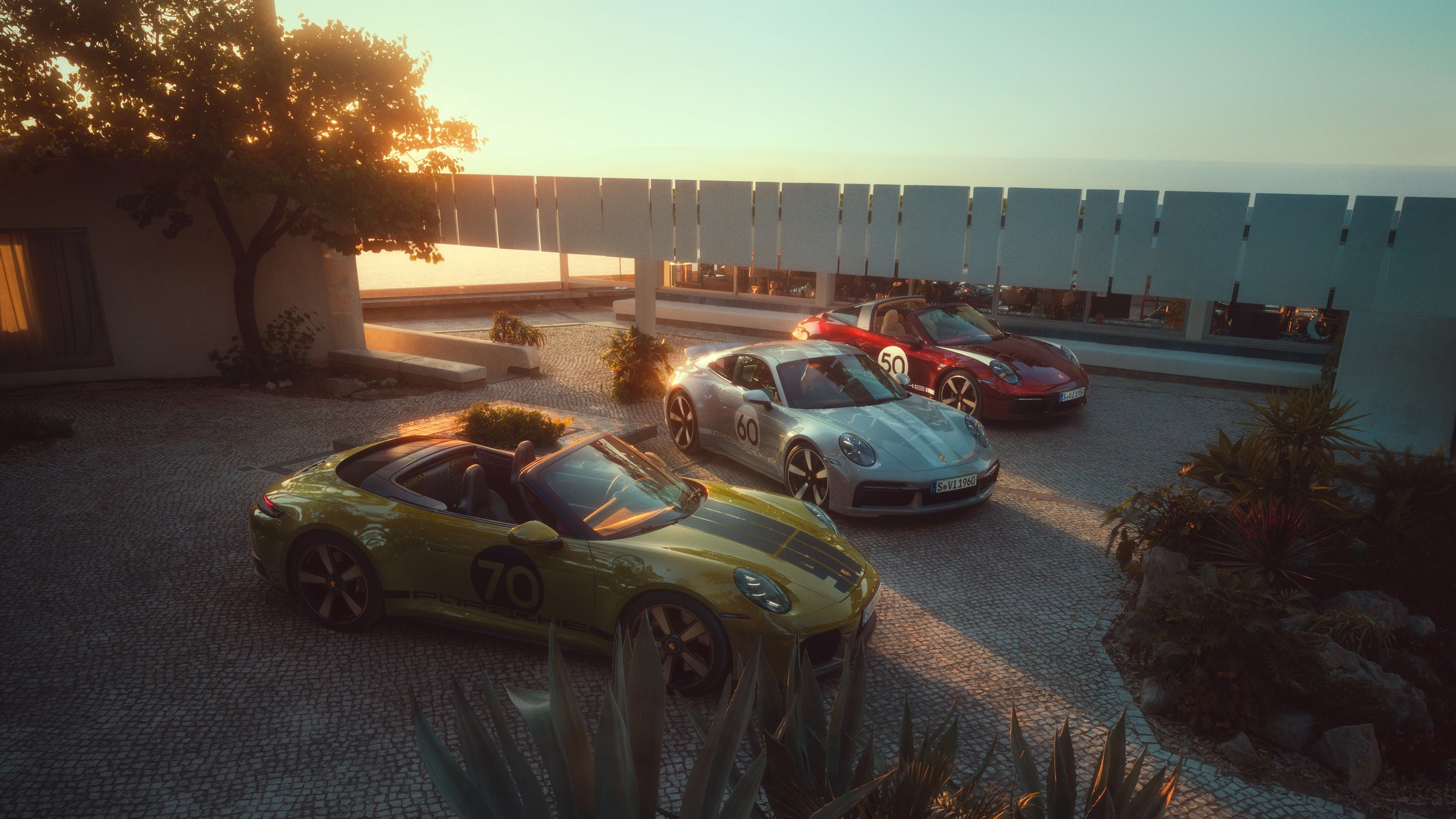 The Porsche 911 Spirit 70 harks back to the aesthetic and ethos of the 1970s
The Porsche 911 Spirit 70 harks back to the aesthetic and ethos of the 1970sAs part of Porsche’s Heritage Design strategy, the company has launched a new special edition, the Porsche 911 Spirit 70 convertible
By Jonathan Bell
-
 At the Regent Street Sensorium, architectural jelly sculptures are designed to ignite the senses
At the Regent Street Sensorium, architectural jelly sculptures are designed to ignite the sensesDelve into the history of London’s Regent Street through a jellyscape, a fragrance cloud and more – plus, for the event’s final week, two new immersive workshops (ends 27 April)
By Tianna Williams
-
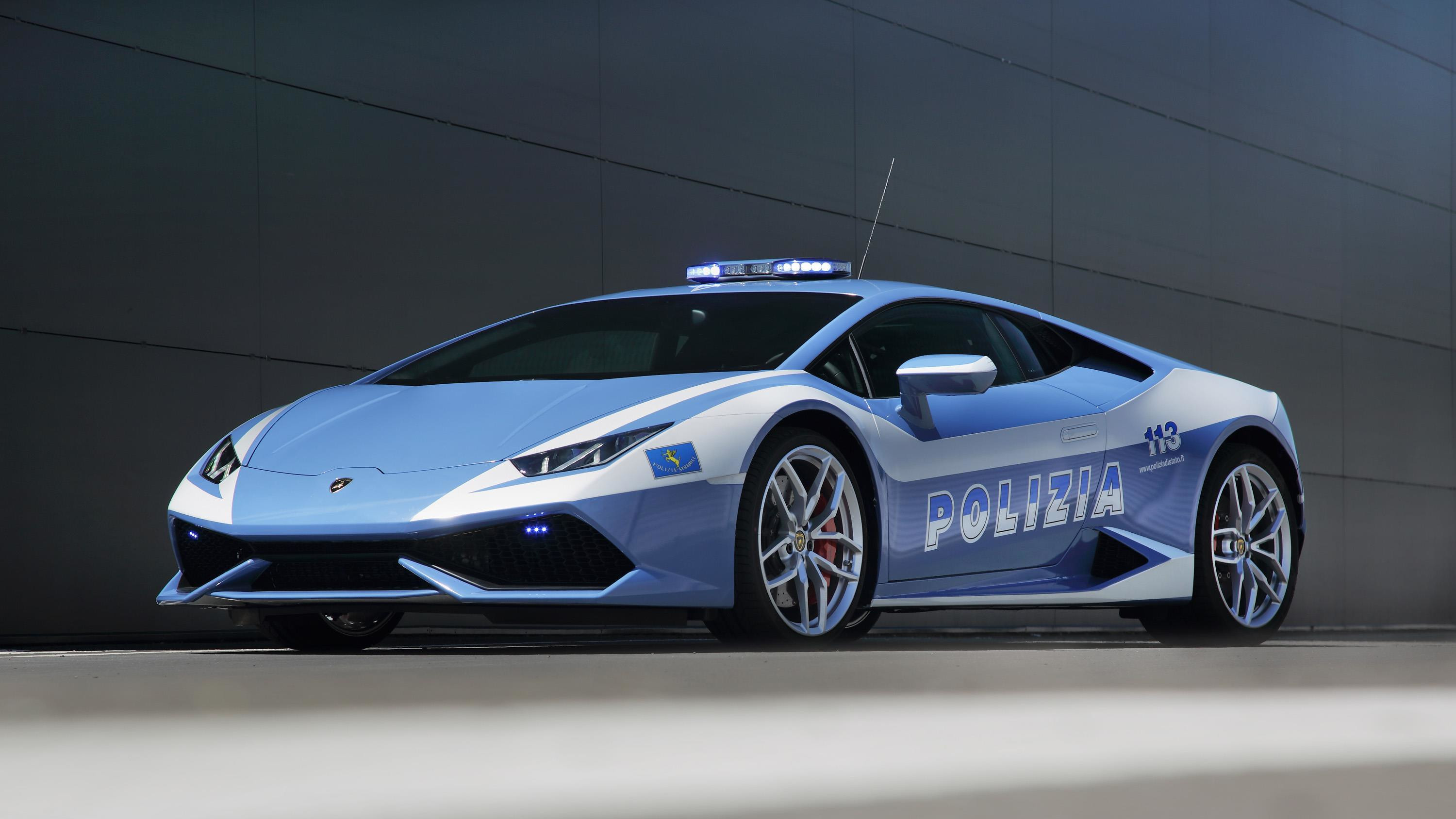 Lamborghini, fast friends with the Italian State Police for two decades
Lamborghini, fast friends with the Italian State Police for two decadesWhen the Italian police need to be somewhere fast, they turn to a long-running partnership with one of the country’s most famed sports car manufacturers, Lamborghini
By Shawn Adams
-
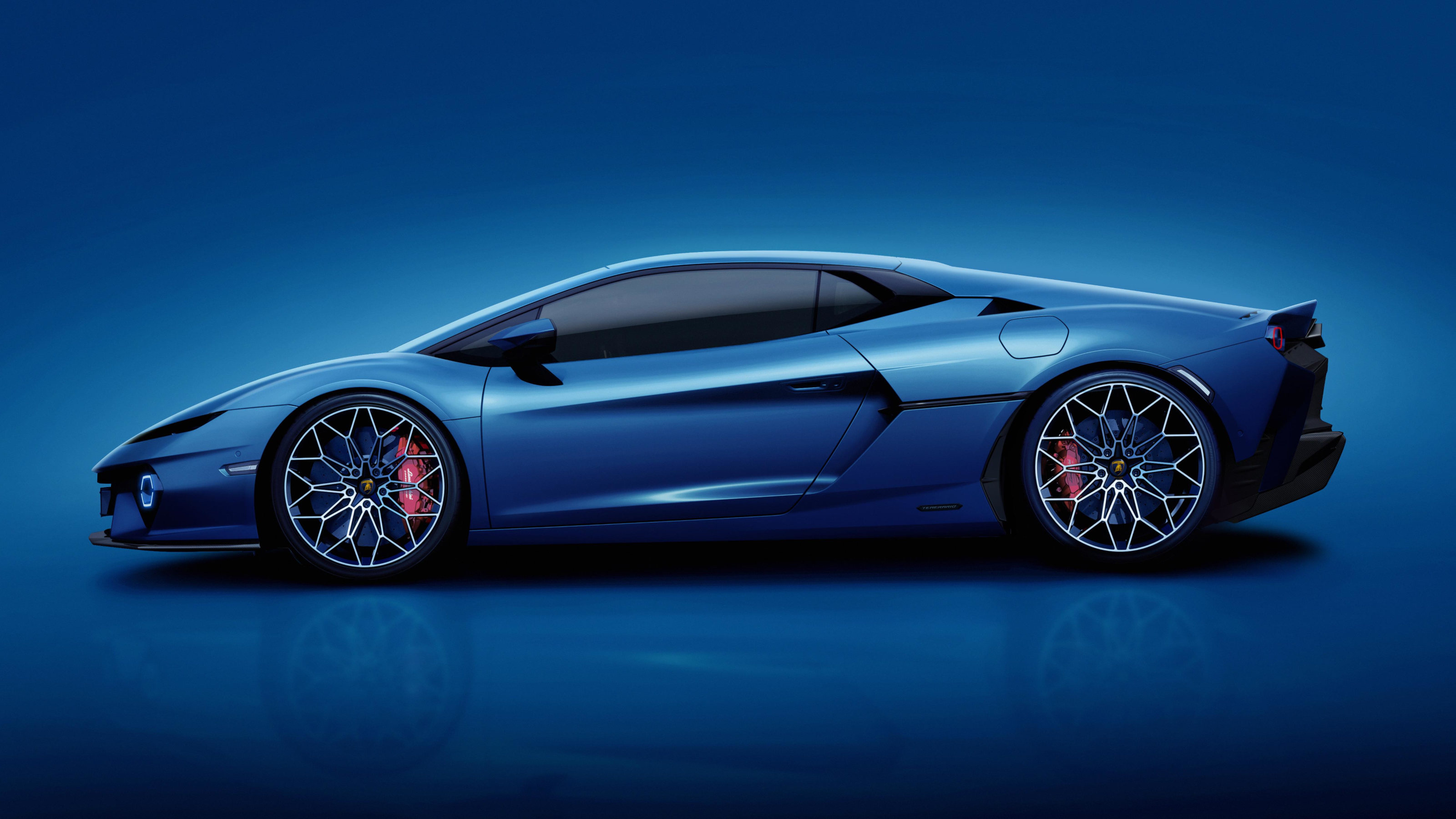 Lamborghini’s Mitja Borkert discusses the company’s new Temerario super sports car
Lamborghini’s Mitja Borkert discusses the company’s new Temerario super sports carThe new Lamborghini Temerario was unveiled this month in California, ushering in a new era of electrified performance to replace the company’s best-selling Huracán model
By Jonathan Bell
-
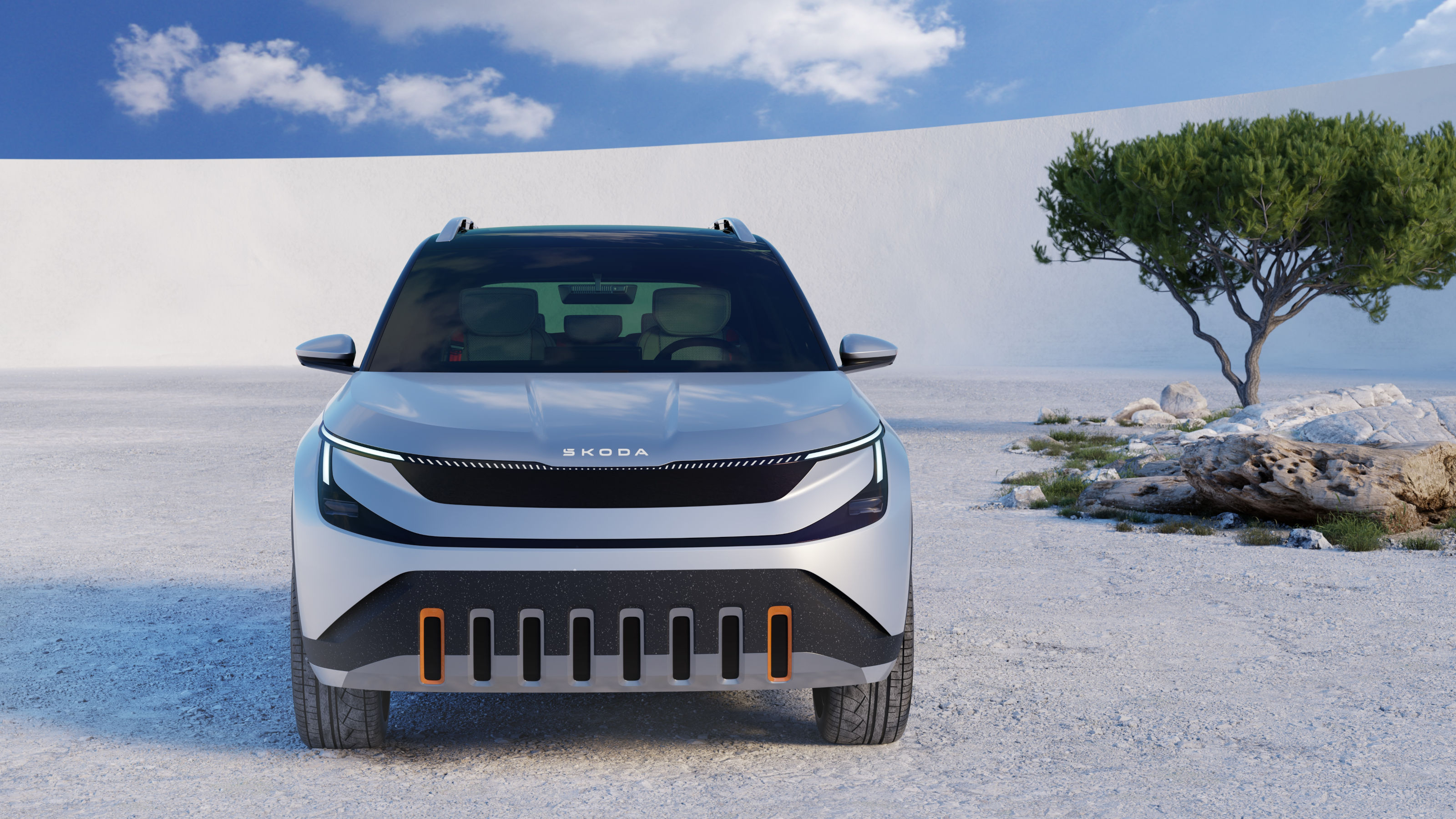 Coming soon: a curated collection of all the new EVs and hybrids that matter
Coming soon: a curated collection of all the new EVs and hybrids that matterWe've rounded up new and updated offerings from Audi, Porsche, Ineos, Mini and more to keep tabs on the shifting sands of the mainstream car market
By Jonathan Bell
-
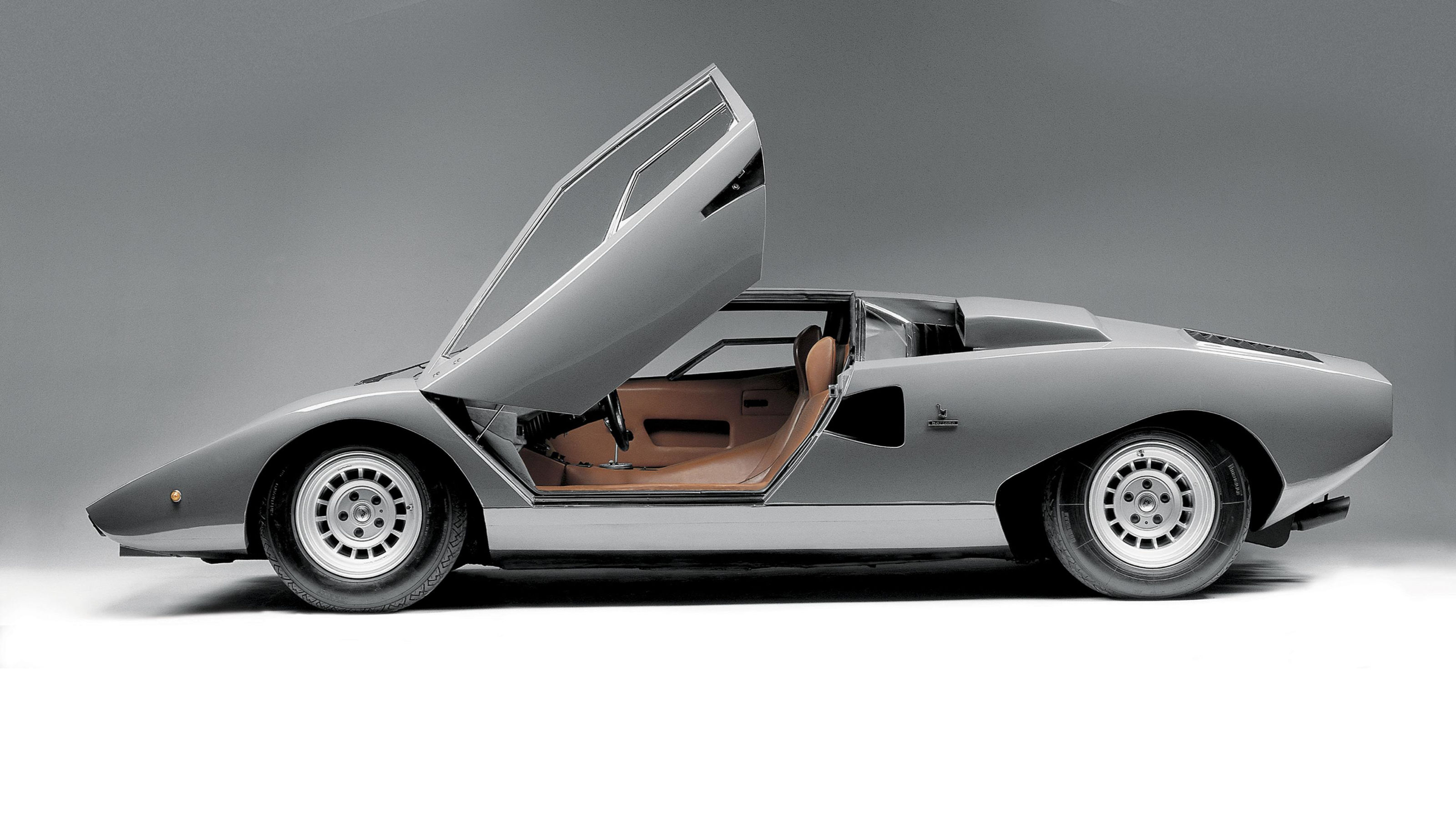 In memoriam: automotive designer Marcello Gandini (1938-2024)
In memoriam: automotive designer Marcello Gandini (1938-2024)As the man behind the form of the modern supercar, Marcello Gandini was hugely influential. We look back at some of his most accomplished designs
By Jonathan Bell
-
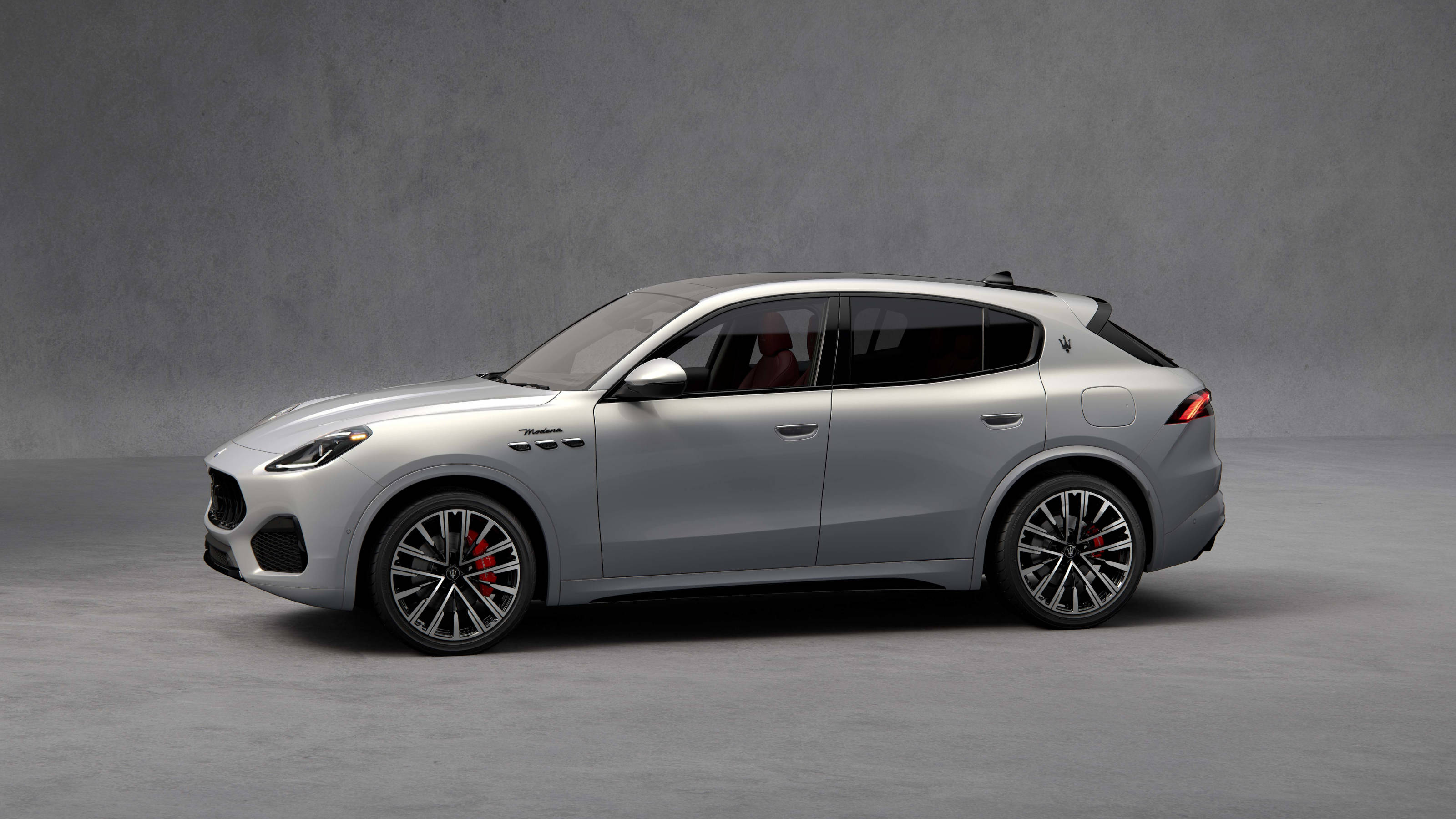 Maserati Grecale Modena hits the middle ground, an SUV for the badge-conscious
Maserati Grecale Modena hits the middle ground, an SUV for the badge-consciousThe Maserati Grecale Modena shows just how far a brand has to go to make an impact in the contemporary car market. How does it reflect on the Italian company’s long heritage?
By Jonathan Bell
-
 This handmade Lamborghini Countach LP400 is designed to slot on a shelf
This handmade Lamborghini Countach LP400 is designed to slot on a shelfJust 199 examples of this Lamborghini Countach LP400 will be built by Amalgam Collection, recreating every aspect of the iconic 1970s supercar, at a 1:8 scale
By Jonathan Bell
-
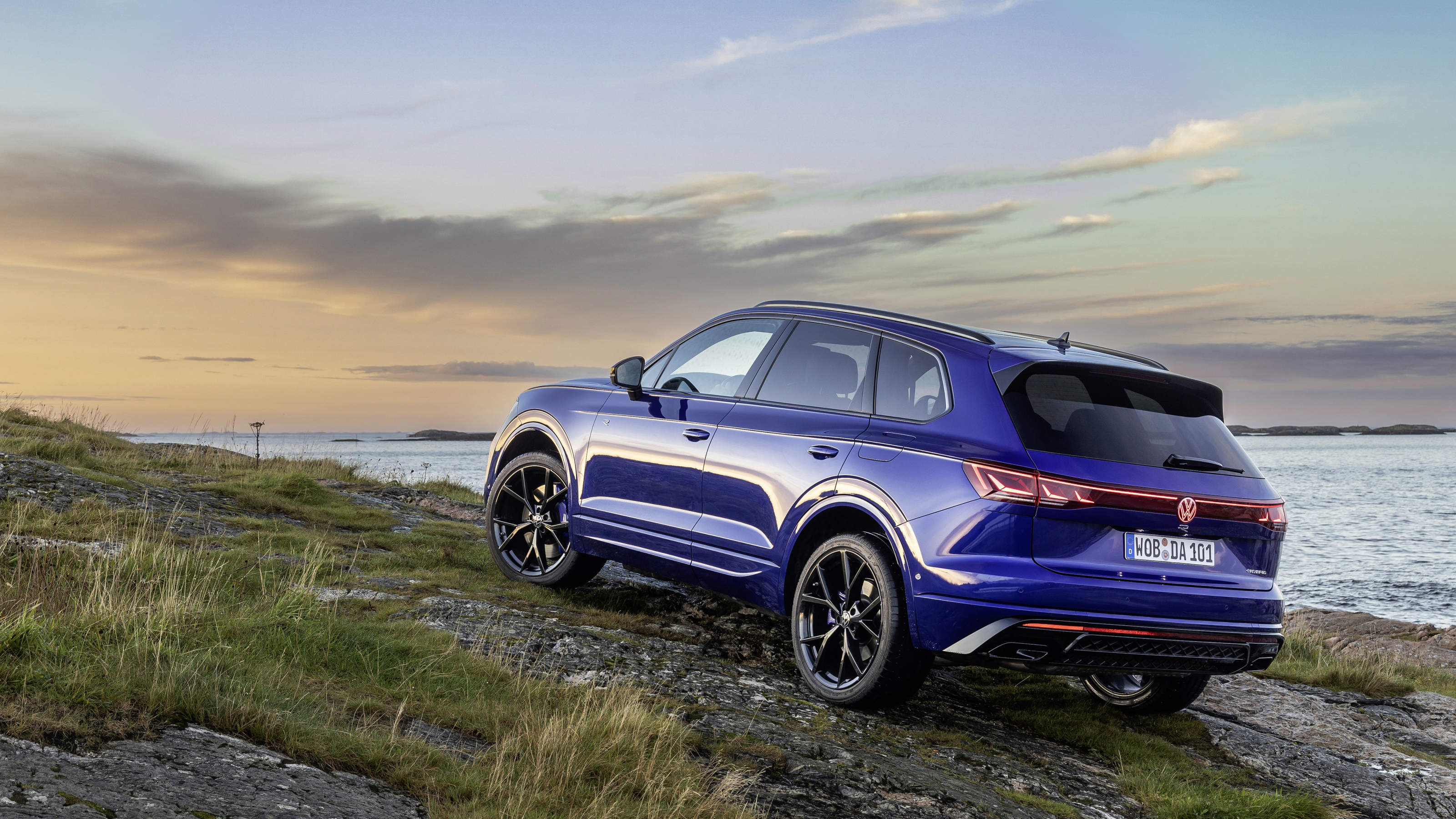 Refreshed Volkswagen Touareg does the heavy lifting for long-distance travel
Refreshed Volkswagen Touareg does the heavy lifting for long-distance travelThe new Volkswagen Touareg R eHybrid is the people’s luxury SUV, capable of going anywhere and doing anything. Does it stack up to rivals?
By Jonathan Bell
-
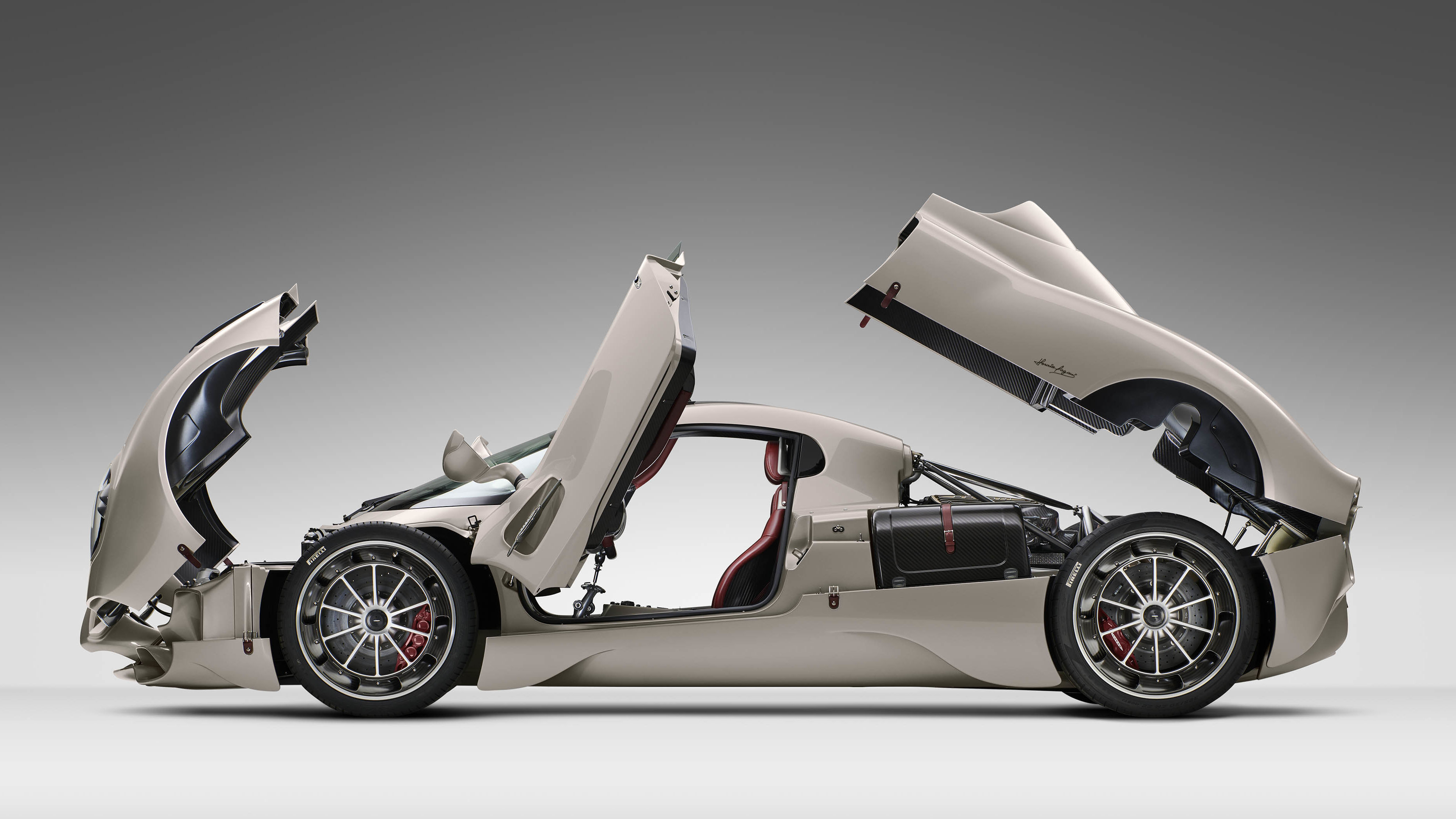 Christopher Pagani of Pagani Automobili explains how to make a modern hypercar
Christopher Pagani of Pagani Automobili explains how to make a modern hypercarPagani Automobili creates a handful of hypercars each year for a very select group of collectors, and now has a Miami showroom in addition to its Modena HQ
By Jonathan Bell